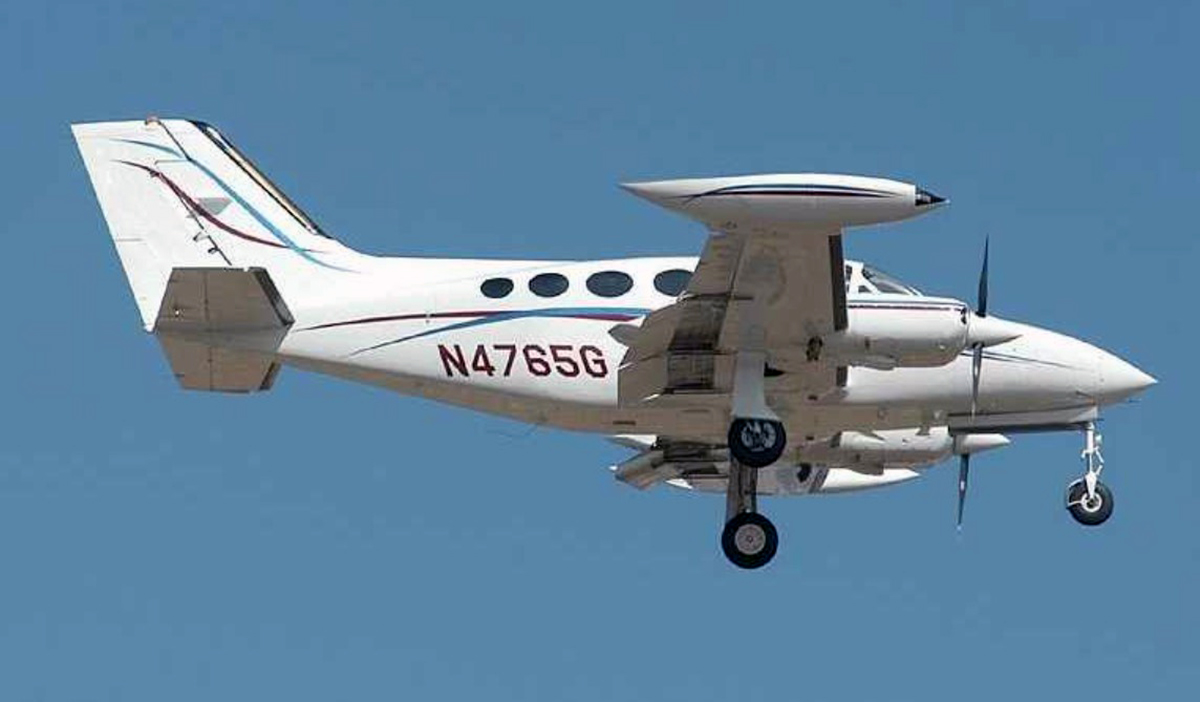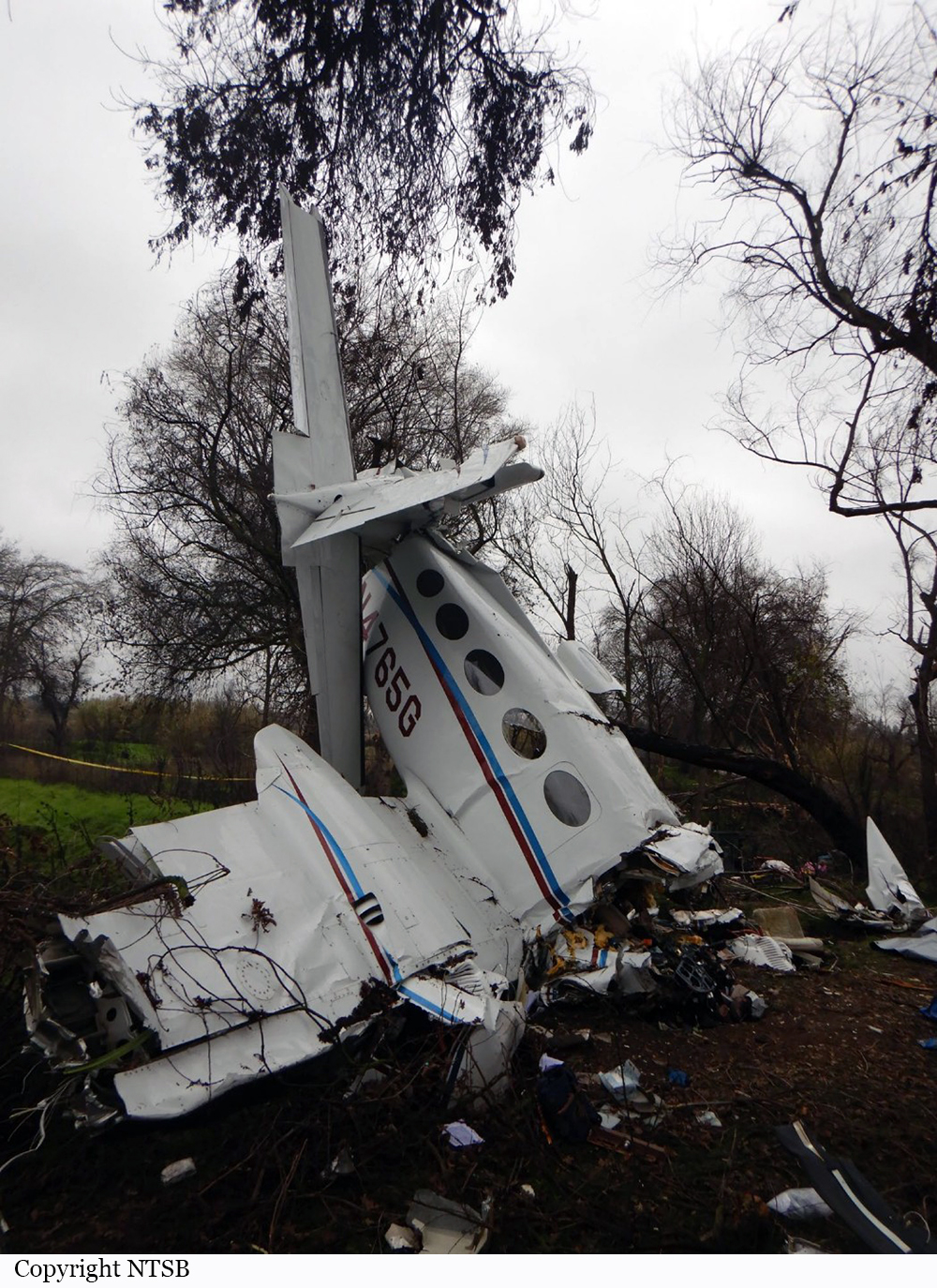Crash of a Beechcraft BeechJet 400A in Bentonville
Date & Time:
Feb 14, 2024 at 1410 LT
Registration:
N95GK
Survivors:
Yes
Schedule:
Bentonville – Concord
MSN:
RK-027
YOM:
1991
Crew on board:
2
Crew fatalities:
Pax on board:
5
Pax fatalities:
Other fatalities:
Total fatalities:
0
Circumstances:
On February 14, 2024, about 1410 central standard time, a Beech 400A airplane, N95GK, was substantially damage when it was involved in an accident in Bentonville, Arkansas. The 2 pilots and 3 passengers were not injured and 2 passengers were seriously injured. The airplane was operated under the provisions of Title 14 Code of Federal Regulations Part 91 as a business flight. According to preliminary information, while on takeoff from the Bentonville Municipal Airport (VBT), Bentonville, Arkansas, the pilot pulled the control yoke back to rotate the airplane and the control yoke was unresponsive. He aborted the takeoff, but insufficient runway remained to stop. The airplane departed the end of runway 18 and came to rest in mud and grass. During the runway overrun, the right main landing gear collapsed, and the right wing sustained substantial damage. Inspectors from the Federal Aviation Administration responded to the accident site and visually examined the airplane. The elevator control cable was found separated in the area of the vertical stabilizer.







